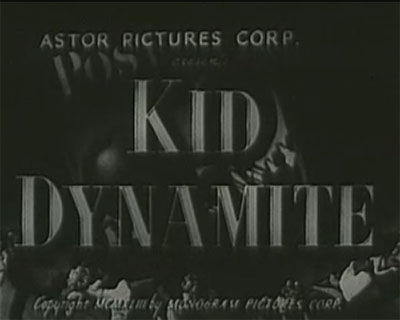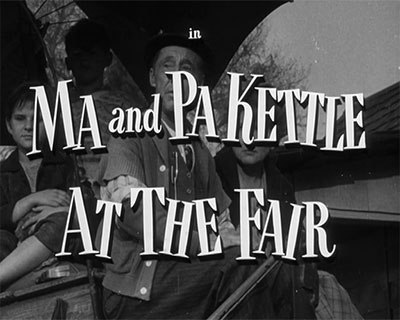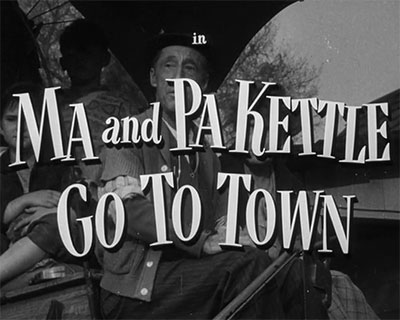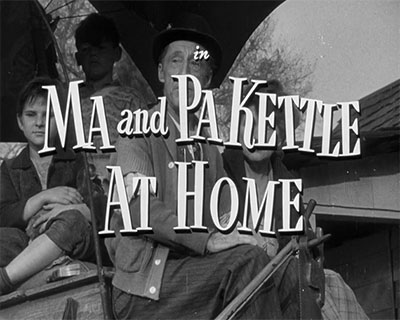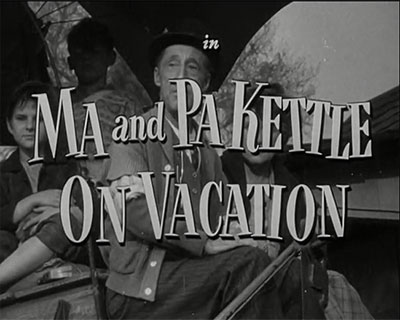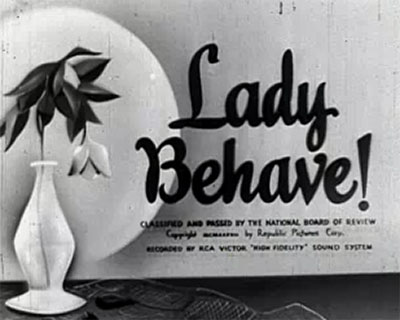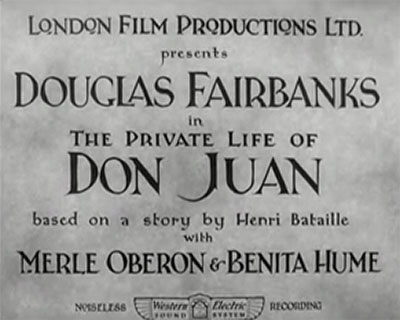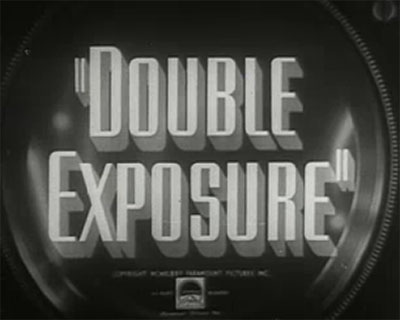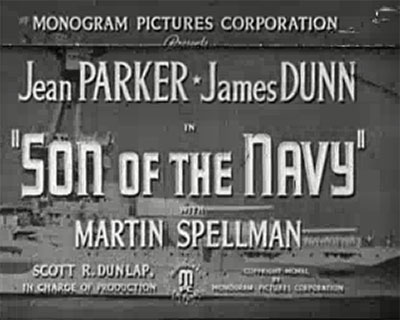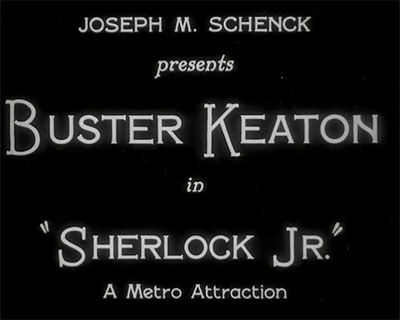“Nancy Drew… Reporter” is a 1939 American mystery film directed by William Clemens and starring Bonita Granville as the amateur sleuth Nancy Drew. The film follows Nancy Drew as she investigates a series of burglaries and tries to clear the name of a wrongly accused friend.
The story begins with Nancy Drew working as a journalist for a local newspaper. When a series of burglaries occur in the town, Nancy decides to investigate and write an article about the crimes. Her investigation leads her to suspect a local pawnbroker named Zephyr Jones, who has a history of shady dealings.
However, things become more complicated when Nancy’s friend and fellow journalist Ted Nickerson is wrongfully accused of the burglaries. Nancy is determined to clear Ted’s name and sets out to find evidence that will prove his innocence.
As Nancy delves deeper into the case, she uncovers a web of deceit and corruption involving some of the town’s most prominent citizens. With the help of her friends, including her loyal housekeeper Hannah Gruen and her boyfriend Ted, Nancy eventually solves the case and brings the real culprit to justice.
“Nancy Drew… Reporter” is a thrilling and suspenseful mystery film that captures the spirit of the popular book series. Bonita Granville delivers a charismatic and engaging performance as Nancy Drew, making the character a beloved icon of the mystery genre. The film also features a strong supporting cast and impressive production values for its time.
Directors:
William Clemens
Writer:
Kenneth Gamet, Carolyn Keene
Stars:
Bonita Granville, John Litel, Frankie Thomas


